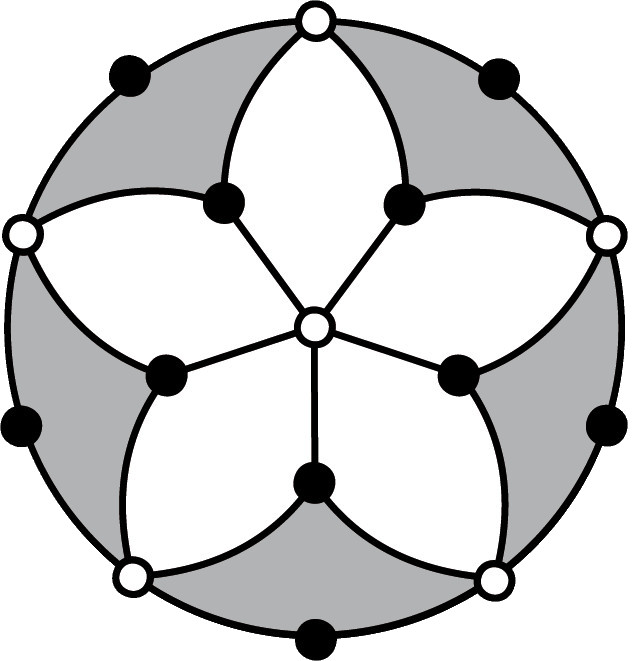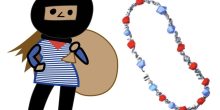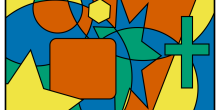Academic publishing is booming, but at what cost? Ross Kang recaps the difficulties and announces a new diamond OA journal in graph theory.
It's well-known how traditional publishing is cut-throat. In general, competition is fierce, margins are tight, and it is costly, specialised, painstaking work to source, polish, market, distribute high-quality material.
In startling contrast, the segment devoted to scientific publishing, with a global market capitalisation similar to that of the film industry, is booming. In one of the most inefficient markets in the world, the main players consistently report to their shareholders profit margins around 30%! Even more startlingly, despite all the most costly/valuable work done for journals on an unpaid basis by academics and despite decreasing infrastructure costs for publishers due to technological advances, such eye-watering profits are extracted purely out of the (government-funded) budgets of knowledge institutions and funding agencies worldwide.

To offer an idea of the scale, the annual Dutch share of the profit margin sent to just one of the big academic publishing houses (starting with the letter E) is currently in the ballpark of 5 million euro.
Clearly something has gone awry (since decades), but what are the alternatives?
A new journal project, Innovations in Graph Theory, was conceived against this backdrop. After extensive and meticulous preparations, this high-standard journal launched, with a stellar founding editorial board, in August 2023 at an established European conference in combinatorics. It is hosted within a French nonprofit publishing platform, Centre Mersenne, with startup costs supported through a grant of NWO.
Crucially IGT is a diamond open access journal. The term diamond means costs are incurred neither for contributors nor for readers. The journal is owned by a nonprofit organisation governed by editorial board members.
The diamond model of open access is a key plank in building up sustainable, fair access to scientific publishing. The essential idea for the IGT journal came about by asking the following: can a scientific professional in the field establish and/or maintain their career solely through publication in diamond journals? (One can obviously ask this too for fields other than graph theory.)
Within a chorus of closely-aligned, recent diamond journal launches/flips in discrete mathematics (Discrete Analysis, Advances in Combinatorics, Algebraic Combinatorics, Combinatorial Theory), the IGT initiative is aimed at further fostering the chances that a graph theorist can answer yes to the above question.






